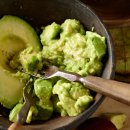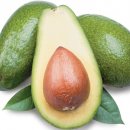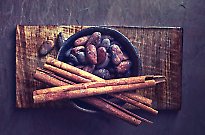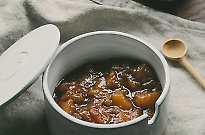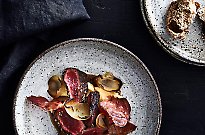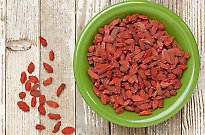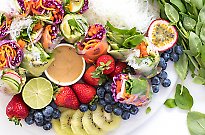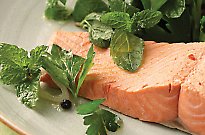
Understanding the macro breakdown
Understanding the macro breakdown

Everything we eat does something within our body, and understanding the unique roles of protein, carbohydrates and fats helps us understand exactly what that something is – and how we can take control of our diet in order to make it work best for us.
Carbohydrates
Lisa Renn, accredited practising dietitian and spokesperson for the Dietitians Association of Australia, explains that carbohydrates are our primary energy source. “The product they break down to is glucose,” she says. “And glucose is our body’s preferred energy source. It’s certainly what our bodies are designed to burn and it’s definitely our brain’s preferred source of energy too.” Glucose is stored in the blood, muscles and liver, where it is slowly used up by the body. When we’re running low, we might feel lethargic or ‘foggy’ – common symptoms of low blood sugar.
Renn says 45 to 65 per cent of your daily energy intake can come from carbohydrates. However, there are variations in this percentage that are determined by gender, age and lifestyle. More active individuals can eat more carbohydrate than sedentary individuals because they are burning more fuel
Protein
Protein also serves an essential function in the body. “Unlike carbohydrates, which break down to glucose used for energy, protein breaks down to amino acids and they are used for growth and repair of cells in the body,” Renn says. This includes muscles, skin and hair. “Like high dietary fibre, protein does make you feel fuller for longer, so it’s good for satiety – for making you feel satisfied after a meal.” The Australian standard Nutrient Reference Values (NRVs, or recommended daily intakes/RDIs) suggest that 15 to 25 per cent of your daily energy intake comes from protein.
Fats
Once upon a time, it was thought that eating fat made us fat. But this old dictum has since been replaced by the understanding that healthy fats (and even some unhealthy fats) are vital for our wellbeing. “Fats are actually a really important part of our diet and for good health,” Renn says. “They make up part of our cell walls [and] they keep the whole integrity of the body there.
“If we look at omega-3s, which are fatty acids, they are known for keeping the resilience and the elasticity in our blood vessels – so they have a really important part in keeping us functioning well.”
Fats, like carbohydrates, are broken down for use as energy – this time into triglycerides. However, it is much harder for the body to use fat for energy than it is for it to burn carbohydrates. The simple science behind this is that using fat requires more oxygen, and therefore it is only used as an energy source when oxygen is available in abundance (like when we’re sitting or sleeping). When we’re up and about and our heart is busier pumping oxygen to all parts of our body, it’s way easier to use carbohydrates. “Fats are also used as ‘kick-starters’ for a lot of important energy production, all sorts of different chemical reactions that we have going on in our body at any one time,” says Renn. “So people shouldn’t be shying away from including fats.” However, the type of fat is important. “Include [healthy fats] such as those found in nuts and cheese, avocados, olive oil,” Renn says. “But minimise the saturated fats like the visible fat on meats and processed foods like chips and chocolates and biscuits and cakes.” She says that 20 to 25 per cent of your total energy intake can be from fat.
NEXT: Want to learn more about arranging your meals? Grab the February 2017 edition of nourish magazine for the full story.

